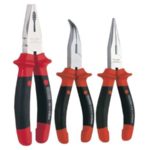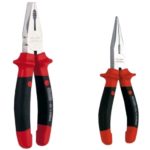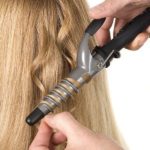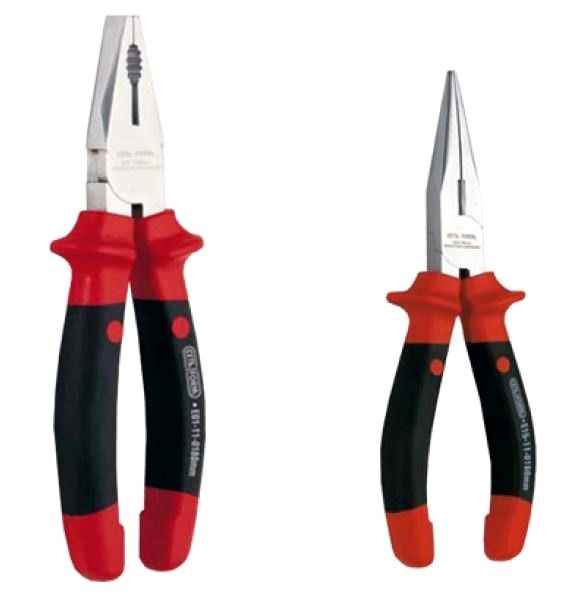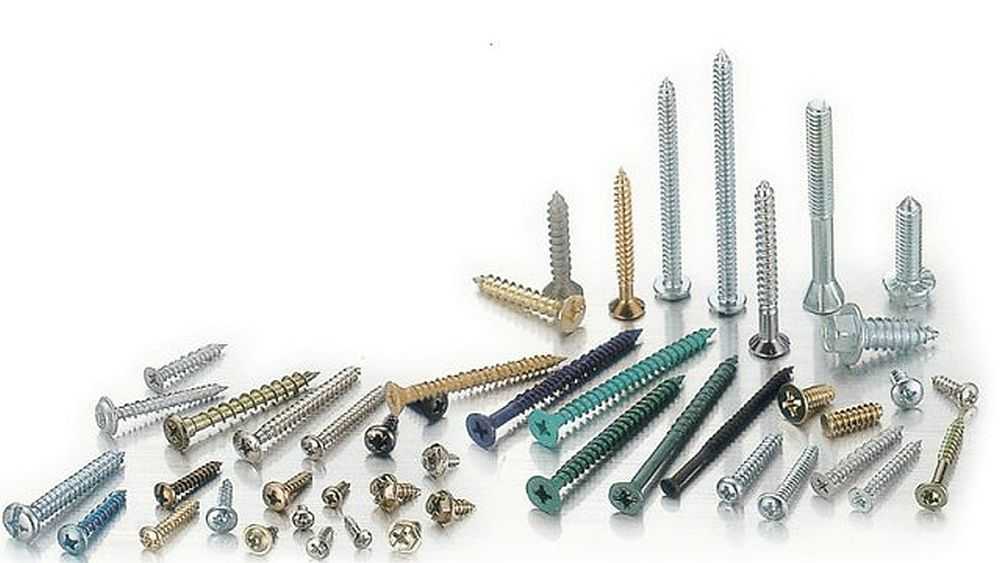What are pliers and what are they for?
Many types of tools can be found in any household. One of the most common are pliers. Despite the fact that we have been familiar with them since childhood, many people confuse them with another pliers device - pliers.
If you often do repairs, then you need to know what the differences between the tools are. Let's take a closer look at pliers and find out where they will be most useful.
The content of the article
What kind of tool is this - pliers
Pliers are classified as hand tools. On one side of the device there are two handles, on the other there are peculiar “lips” that allow gripping. They are flat, and shallow notches can be found on their working surface.
Using this device, it is convenient to grab small objects, various surfaces, bend sheets of metal and wire, remove parts and perform a number of other plumbing and electrical manipulations.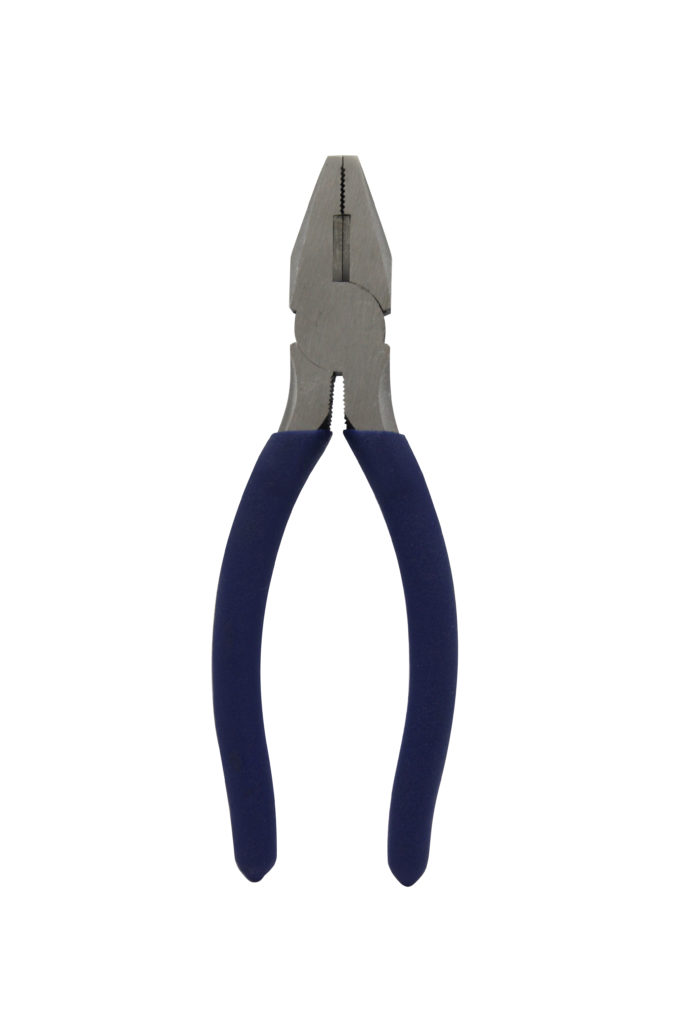
Reference. Some call pliers pliers, which unites them with their closest relative - pliers. But unlike them, there are no grooves on the surface of the gripping part of the pliers. This is the main difference between the tools.
The main characteristics of the device are specified in the corresponding article of State Standard No. 11563 94. According to the regulations, the length of the tool can vary from 125 to 220 mm.In addition to the length, GOST prescribes the materials from which it should be made. Carbon steel type U7-A is standard. The material is distinguished by double hardening, which gives the steel special strength. The surface of the tip is coated with a special varnishing compound that protects it from corrosion. It is applied using three different technologies:
- Chemical oxidation. As a result, the pliers acquire a graphite tint, with a dark gray tint.
- Chemical phosphating. The tip has a characteristic matte gray color. Moreover, it can be either light or darker.
- Chrome plating. Using this method, you can achieve maximum anti-corrosion characteristics.
What types of pliers are there?
There are several options for tools, which makes choosing the most suitable device much more difficult. They can vary in size, be wide or narrow, and be equipped with a special lock. However, the main distinguishing feature is the differences in the working surface. According to this indicator, instruments are divided into the following types:
- Round nose pliers. Their elongated working surface is cone-shaped. Often such models are supplemented with wire cutters. Thanks to the plastic attachments, the tool is easy to use. It is most practical if you need to process cable cores and fix parts when soldering. If the model’s working surface is located at a slight angle, it will be comfortable to reach hard-to-reach parts.
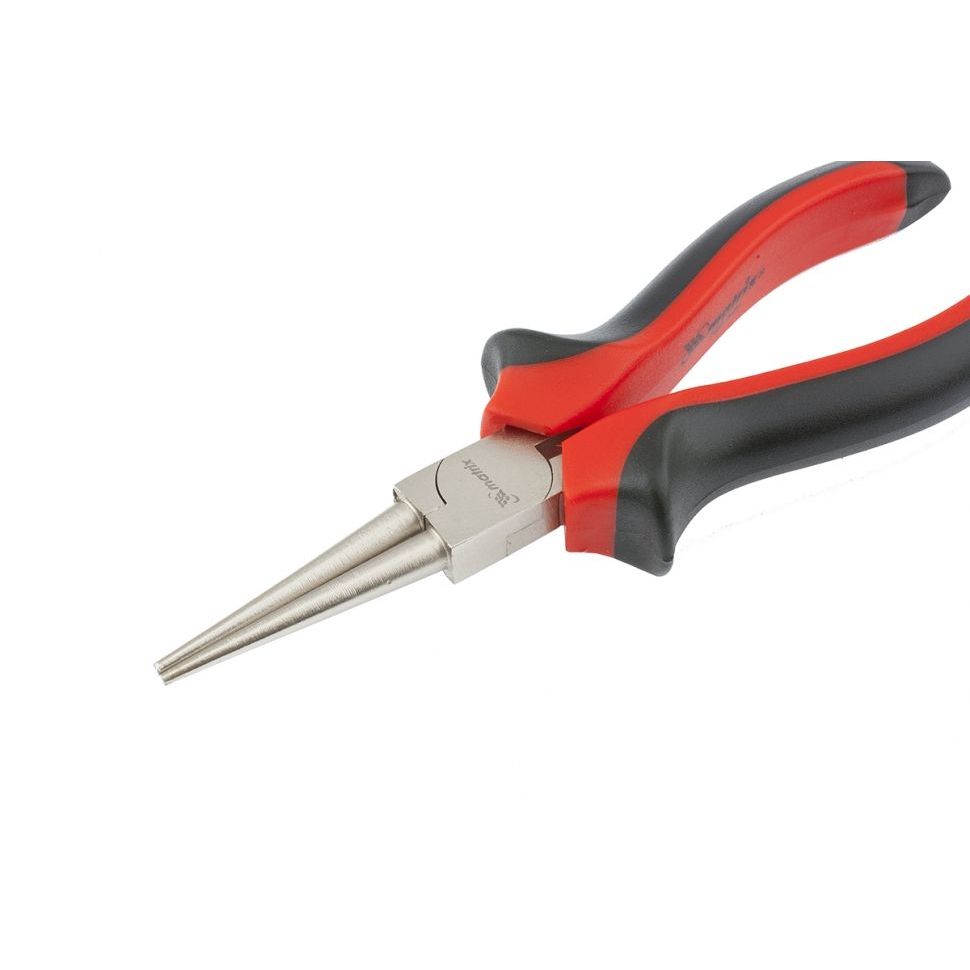
- Sliding. They are also called adjustable ones. They are usually used for bending sheets of metal or dismantling clamps. They are also convenient for carrying out other manipulations related to metal processing.
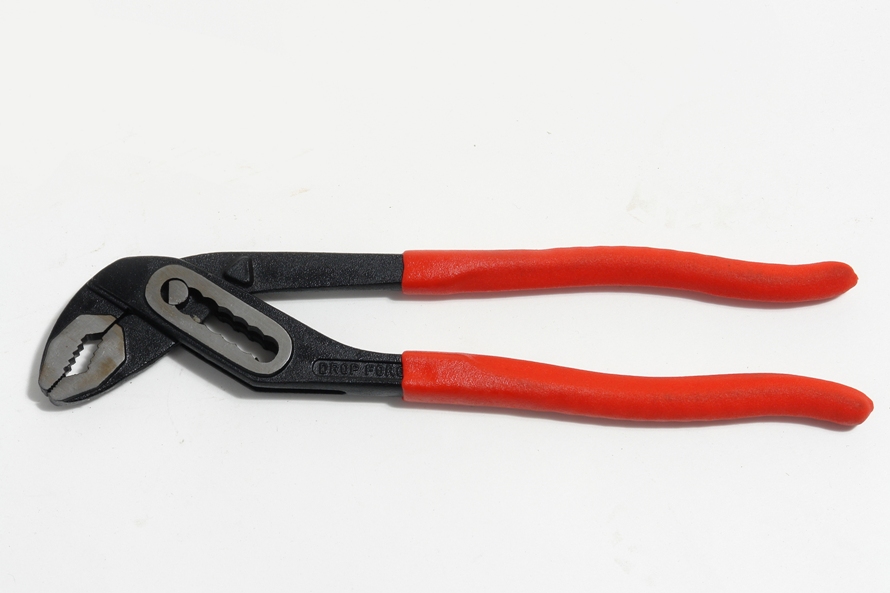
- Removable. In their manufacture, especially strong carbon steel is used, which is coated with galvanic coating. The result is a tool that can be used on assembly lines and in auto repair shops.
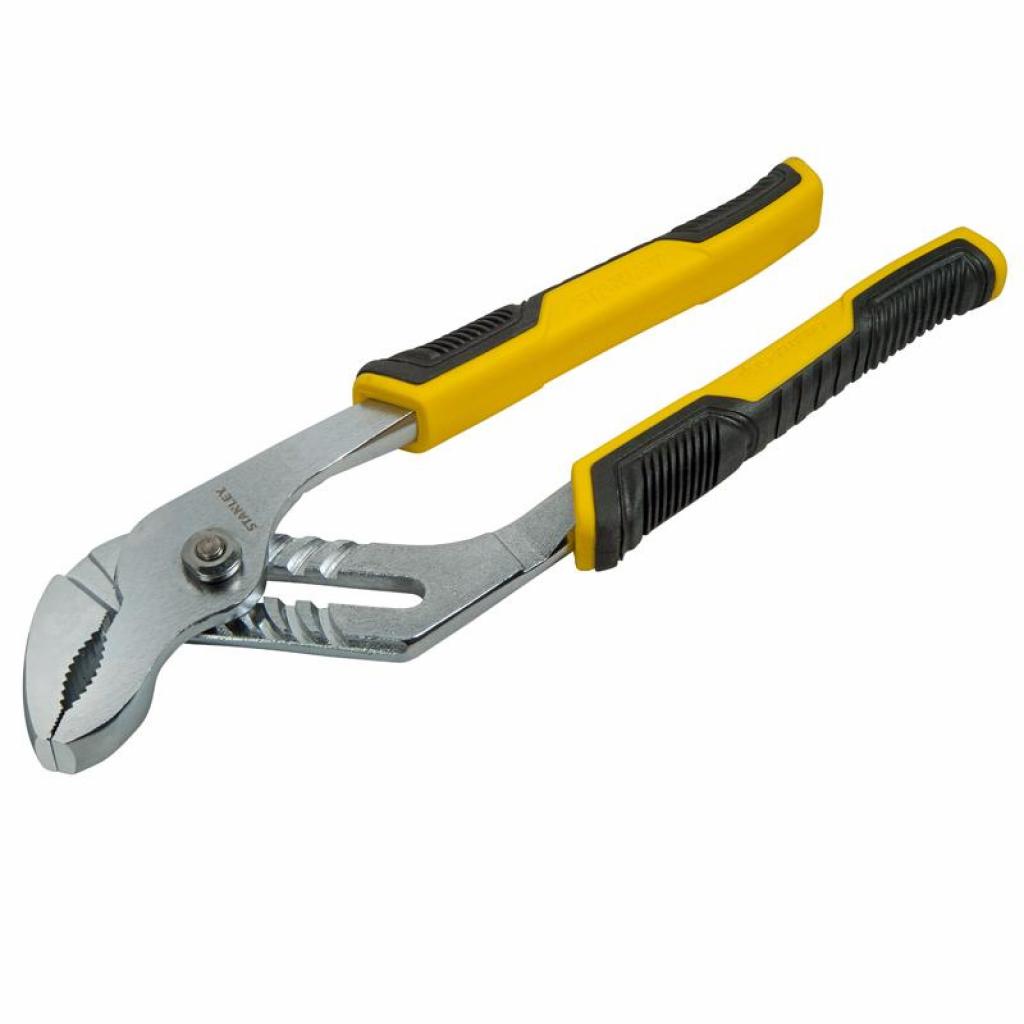
- Crimping. Devices made of especially durable steel are multi-functional and small in size. They are used for crimping a variety of cables, such as telephone or fiber optics.
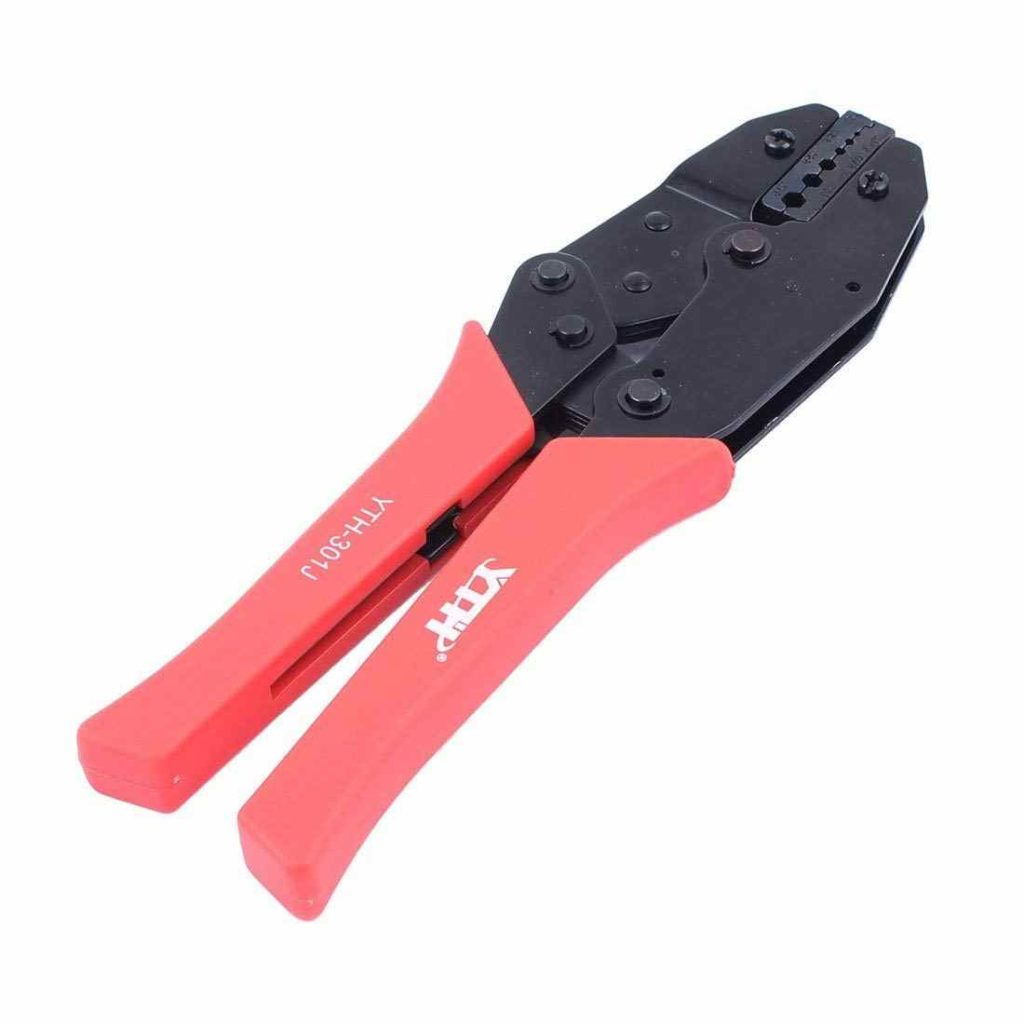
- Dielectric. The material used is special electric steel, which is why dielectric pliers are often called “electrician’s tools.” To impart special properties during production, they are hardened in oil, and the edges of the working surface are provided with additional reinforcement. The result is a device that can be used to work with any type of cable.

- Elongated. The second name is platypuses. This is due to the elongated working surface, which is convenient for gripping small parts. In addition, the surface is particularly durable.
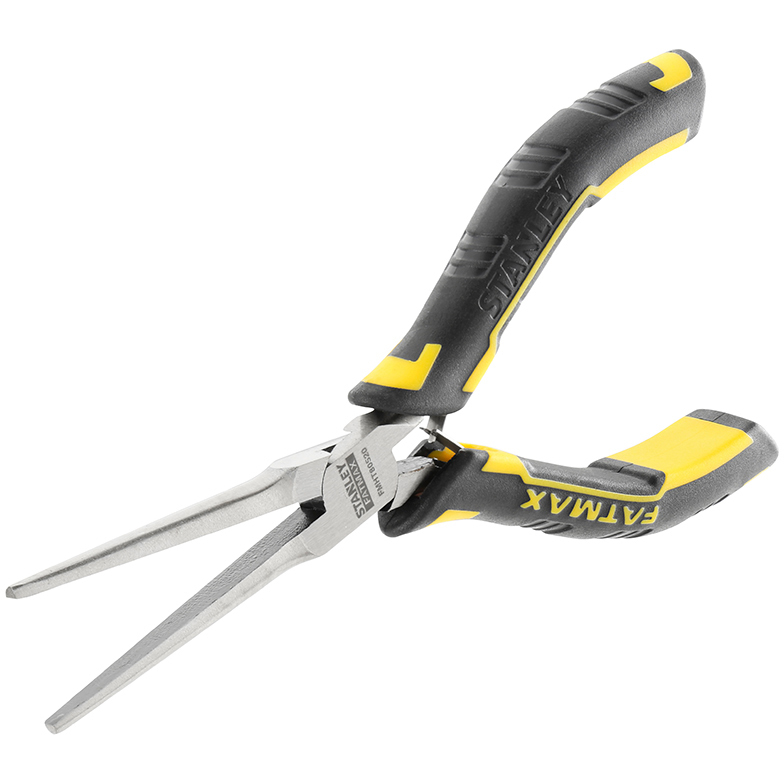
- Curved. The work surface is slightly curved. Thanks to this design, pliers are convenient for working with miniature parts. Therefore, they are in great demand among jewelers.
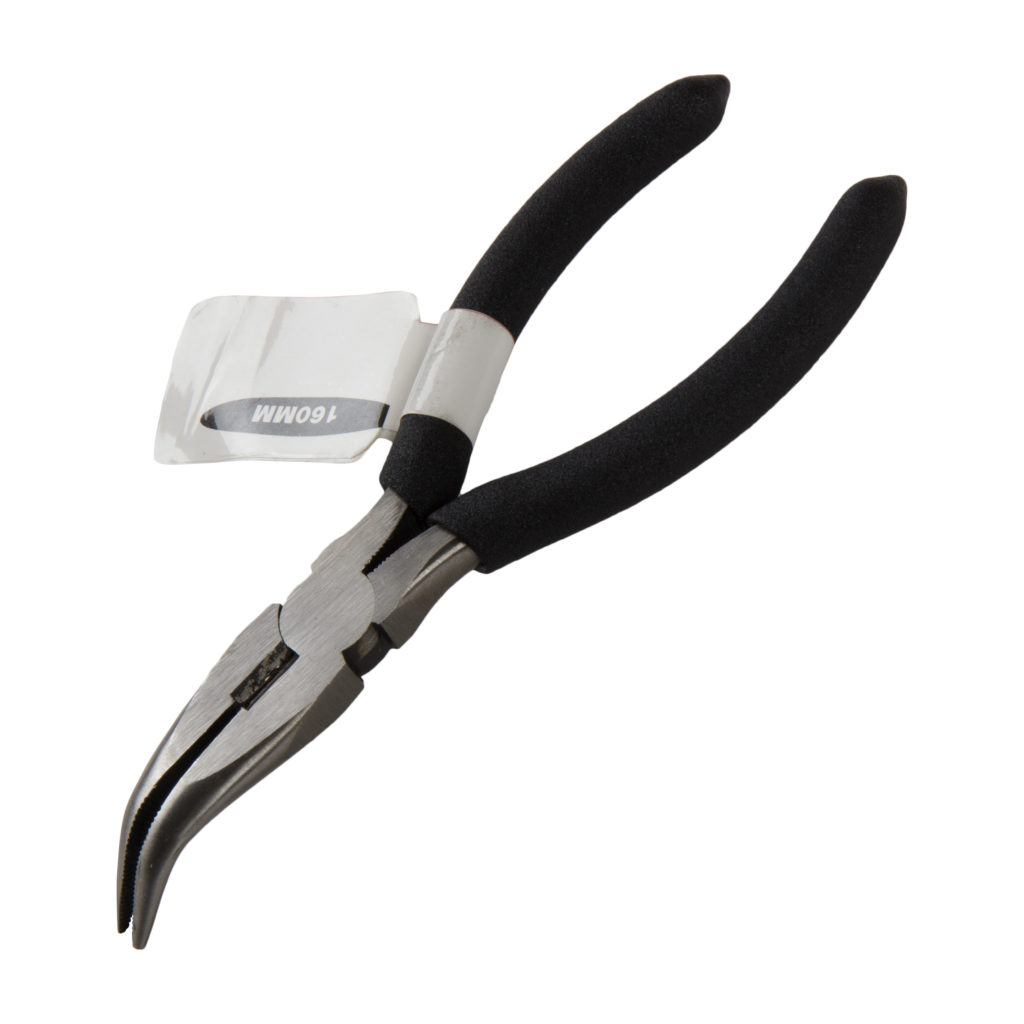
- Assembly. Their tip is equipped with special attachments. This allows you to work with fragile elements.
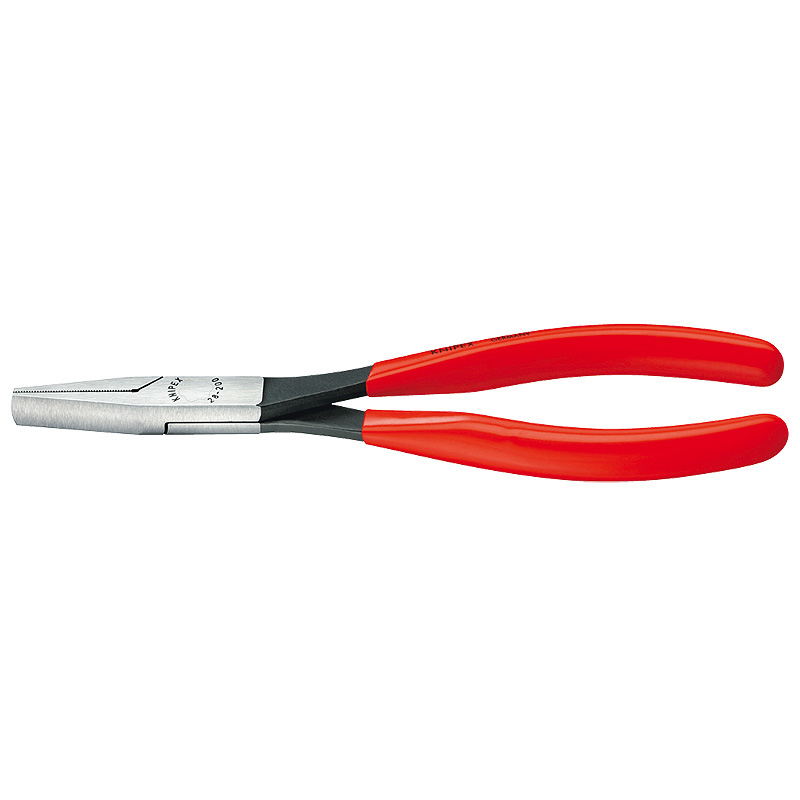
What are they for?
The main purpose of pliers is to grab, hold and manipulate various elements. Therefore, the device “can”:
- hold parts - washers, electrical wires, sheets of metal and other elements;
- bend various objects, such as wire.
This convenient and practical tool can be of various shapes and sizes, which allows you to carry out any plumbing and electromechanical manipulations. But it is not recommended to expose any model to high temperatures, use it as a hammer, or extend small pliers. They also need to be properly cared for by regularly lubricating the joints with oil.

